Buddhist Art on China’s Silk Road
The Mogao caves, located near the town of Dunhuang in the Gobi Desert of northwest China, comprise some 500 decorated Buddhist cave temples dating from the 4th to the 14th century. Filled with exquisite wall paintings and sculptures, the caves bear witness to the intense religious, artistic, and cultural exchanges along the Silk Road, the trade routes linking East and West. ‘Cave Temples of Dunhuang: Buddhist Art on China’s Silk Road’ features numerous objects originally from the site – such as paintings and manuscripts that have rarely, if ever, travelled to the United States, as well as three spectacular full-size cave replicas. The exhibition celebrates more than 25 years of collaboration between the Getty Conservation Institute and the Dunhuang Academy to preserve this UNESCO World Heritage Site. Read the curator’s introduction here.
Preview the exhibition below | The top five exhibitions opening this week
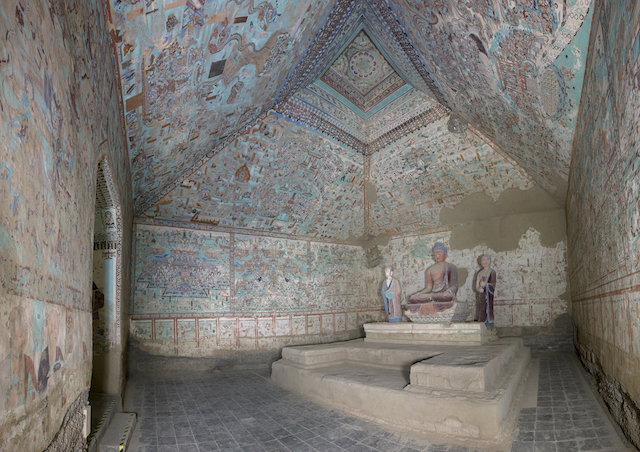
Cave 85, view of the interior, Mogao caves, Dunhuang, China (Late Tang dynasty, 848-907 CE). © Dunhuang Academy
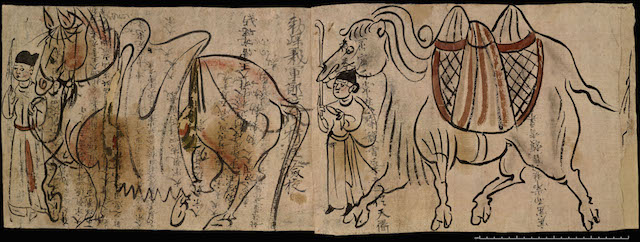
Tribute horse and camel (ca. late 800s CE). © The Trustees of the British Museum
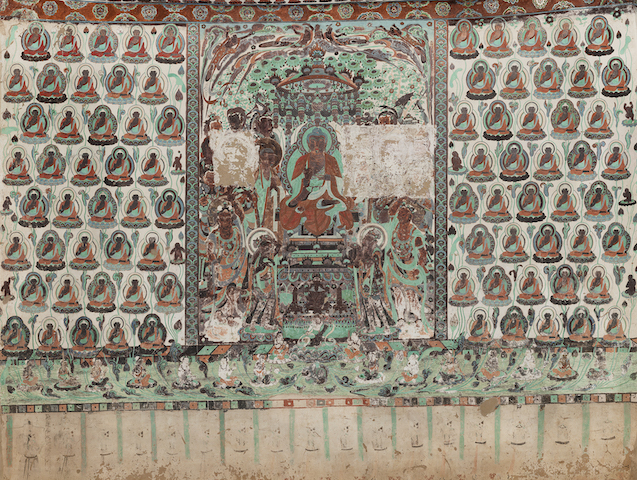
Cave 320, south wall, depiction of the Aparimitāyus Sutra, Mogao caves, Dunhuang, China (705-781 CE). © Dunhuang Academy
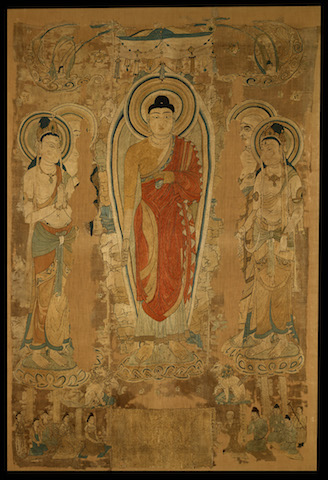
Śakyamni preaching on Vulture Peak (ca. 700s CE). © The Trustees of the British Museum









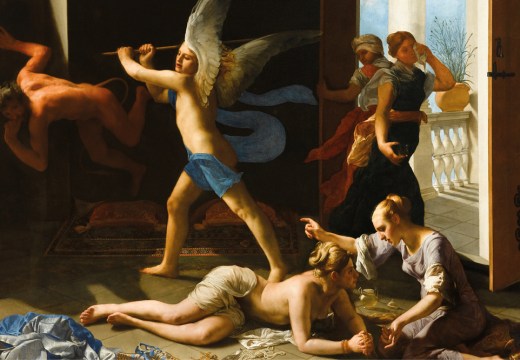
![Masterpiece [Re]discovery 2022. Photo: Ben Fisher Photography, courtesy of Masterpiece London](http://www.apollo-magazine.com/wp-content/uploads/2022/07/MPL2022_4263.jpg)
In defence of the outsider artist